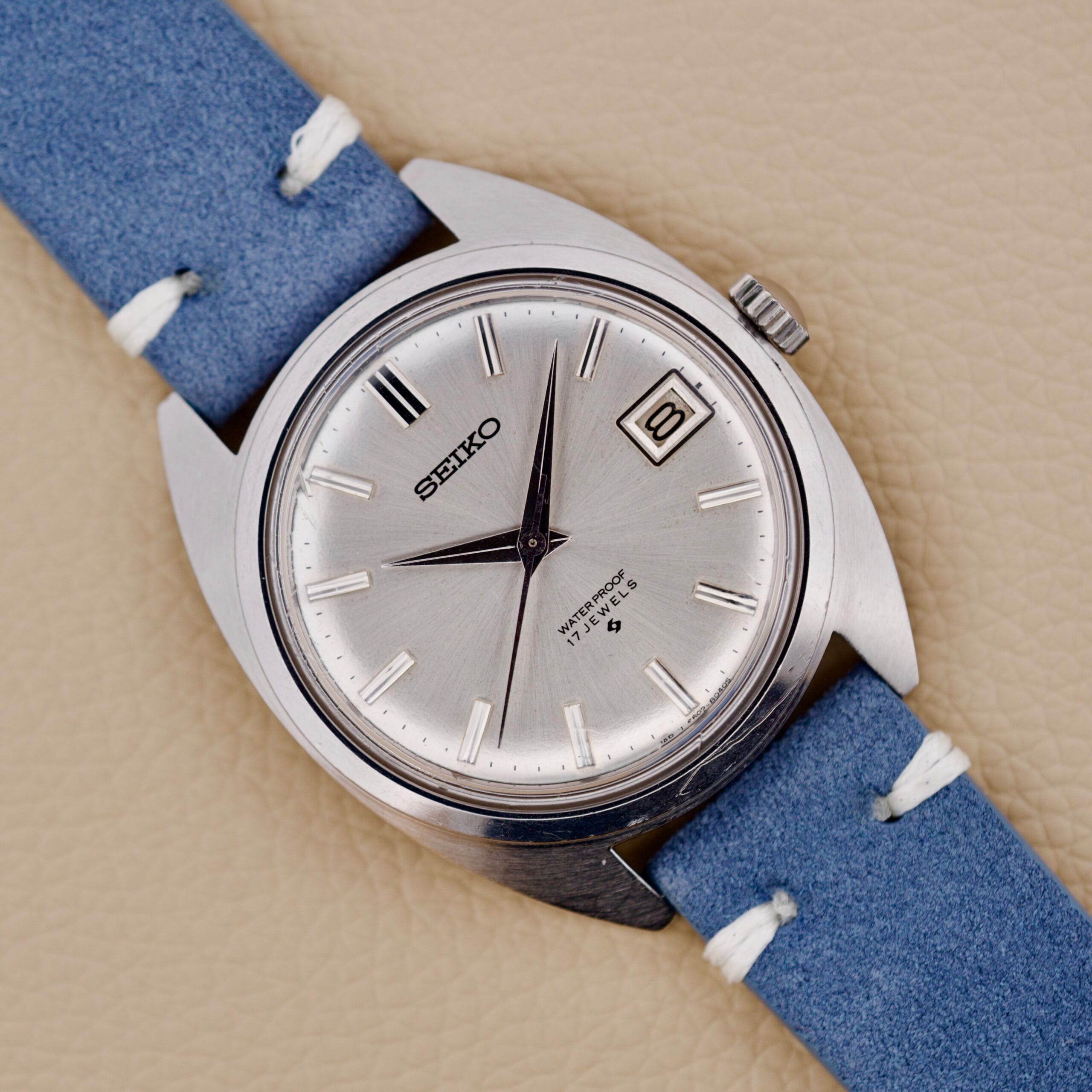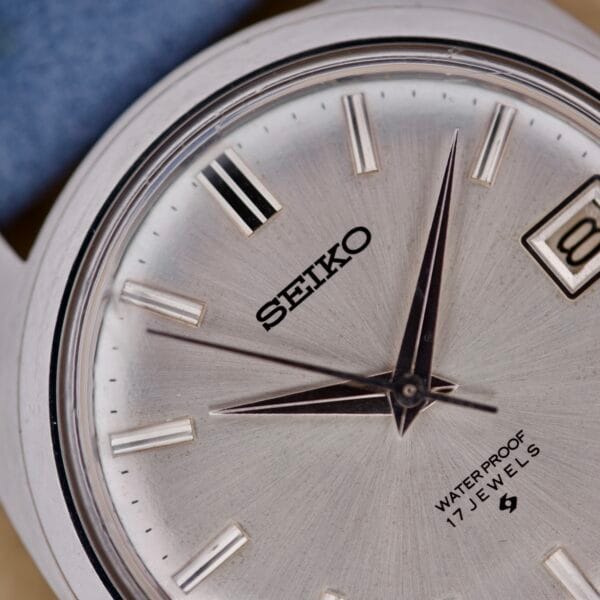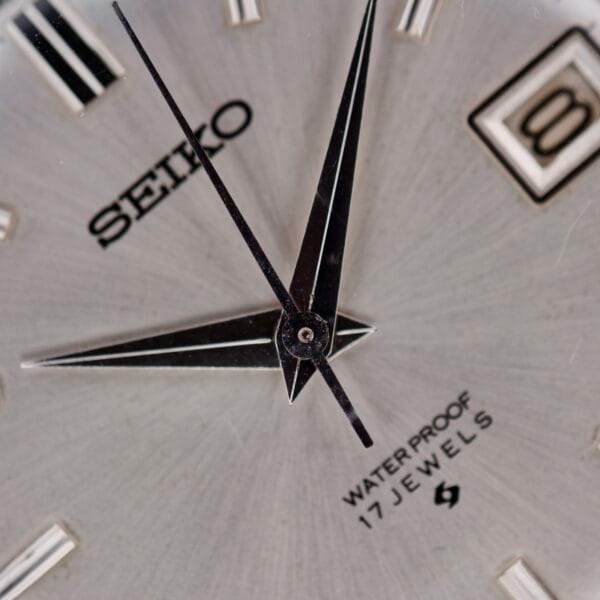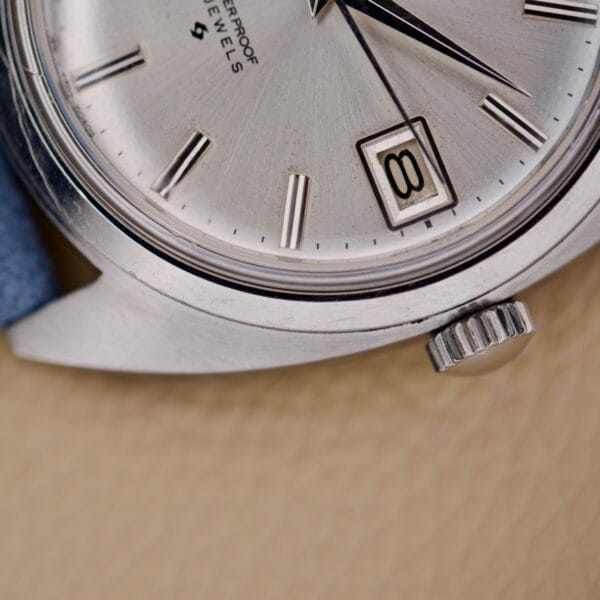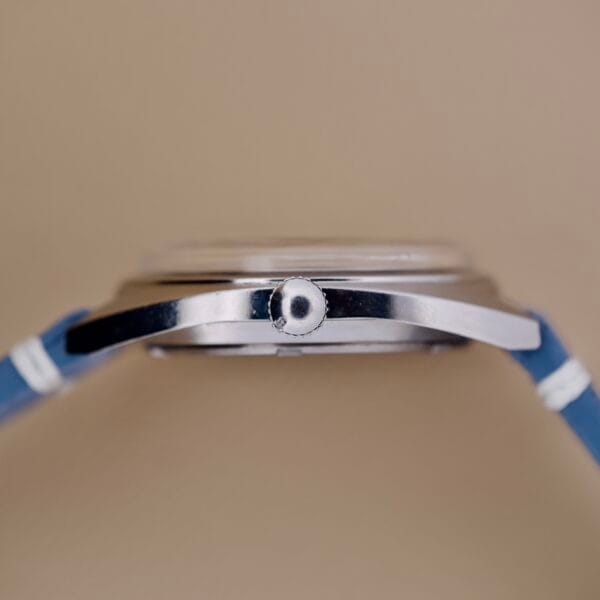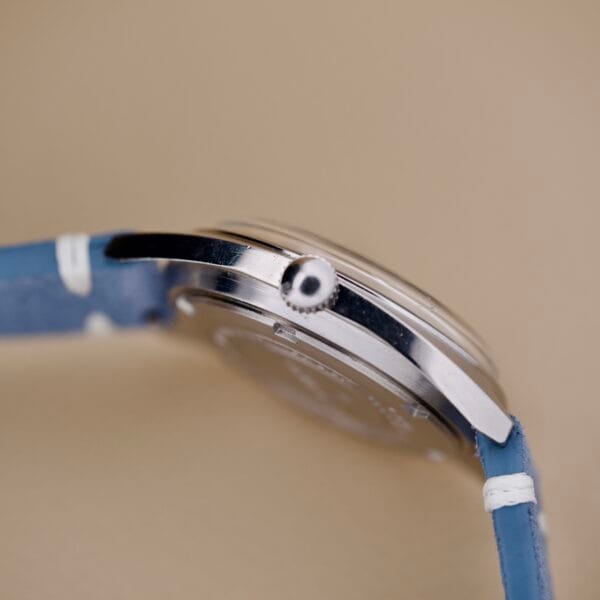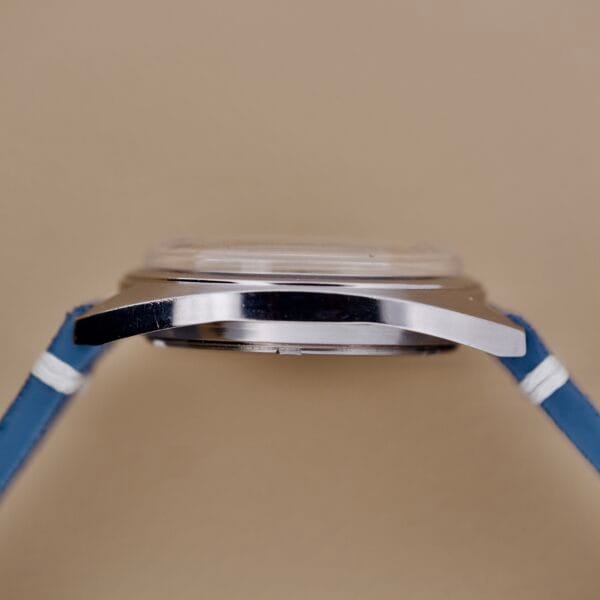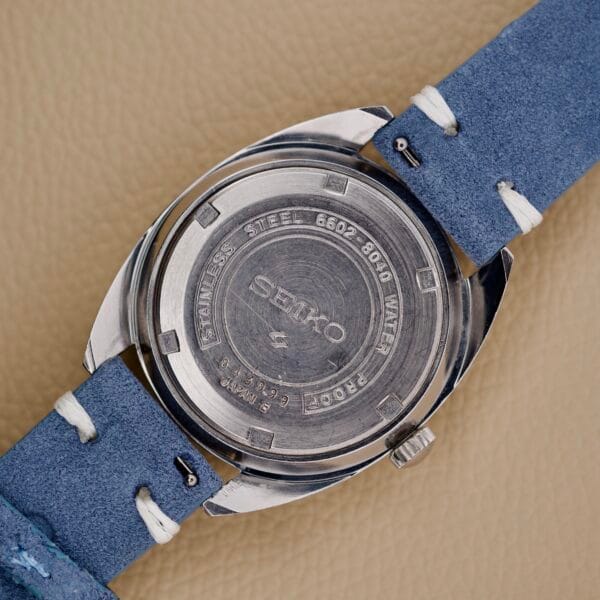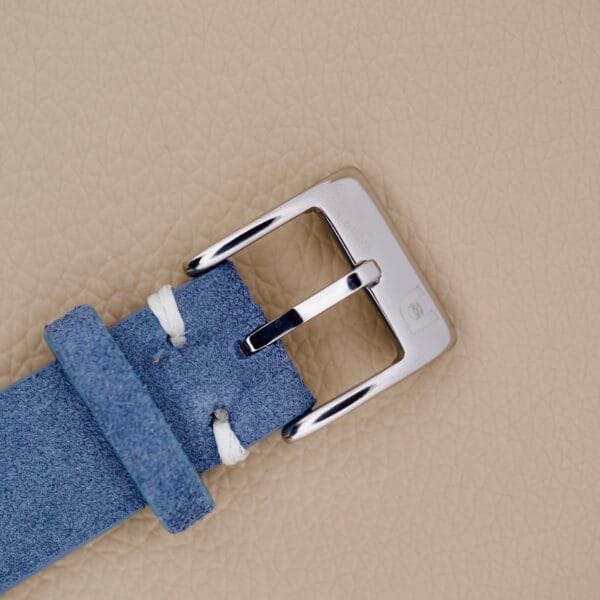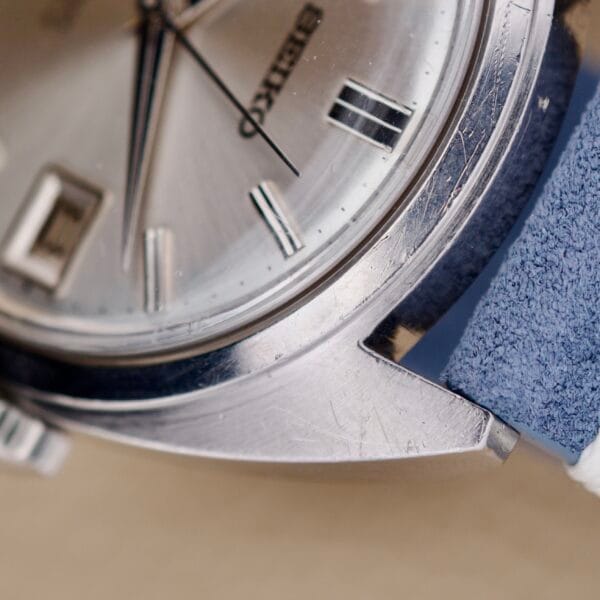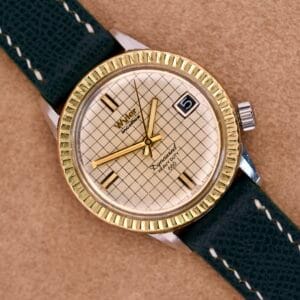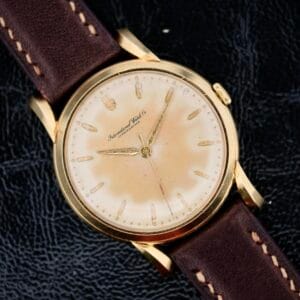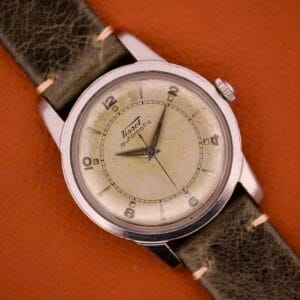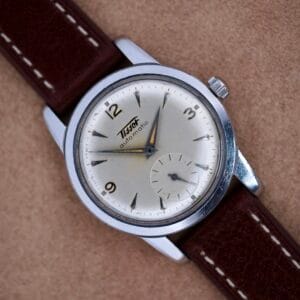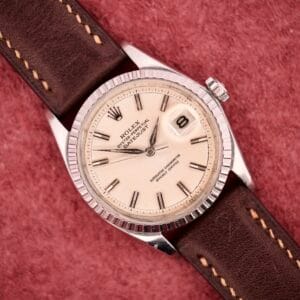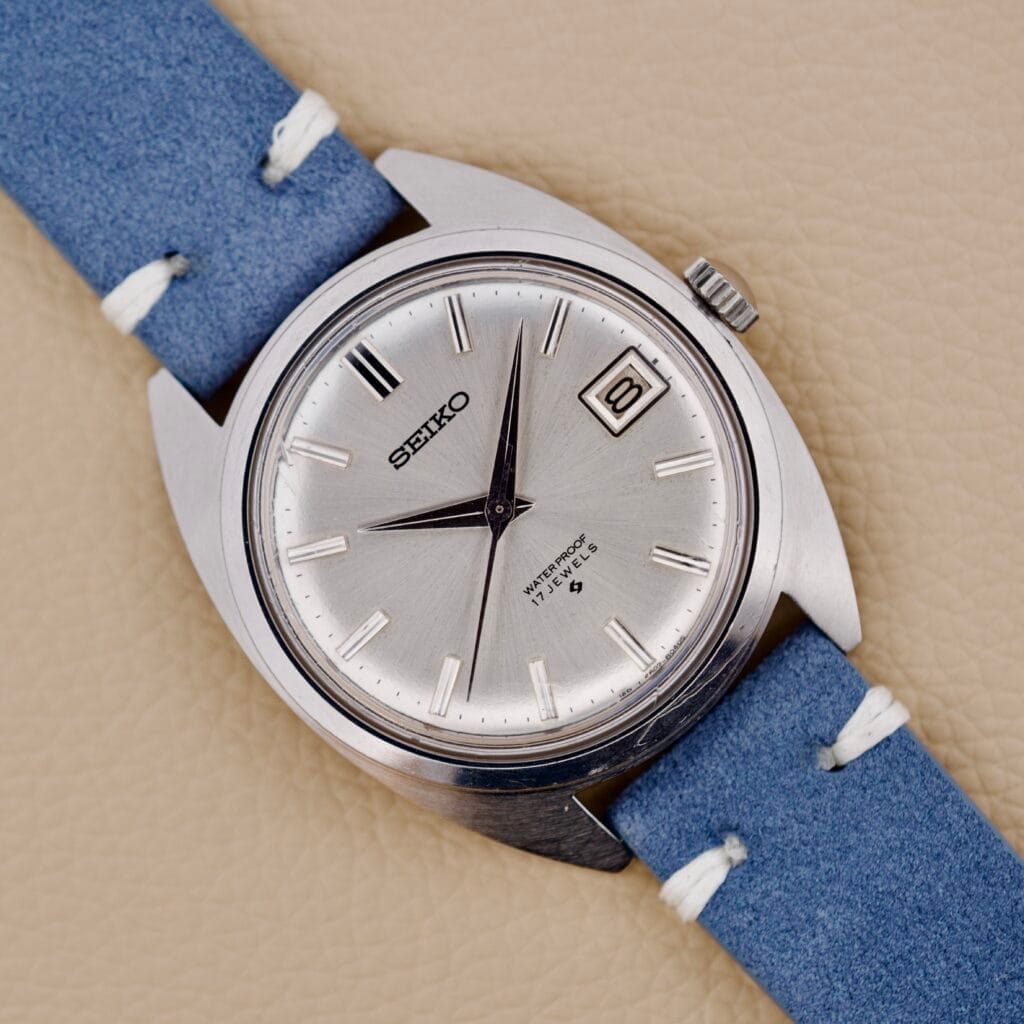Don't miss the next drop
For those in the know, vintage Seiko represents one of the single greatest value propositions in watch collecting, period. While the Swiss giants often dominate the conversation, Seiko was, and is, a true in-house manufacture of the highest order, responsible for some of the most innovative and beautifully designed watches of the 20th century. This fantastic manual-winding dress watch is a perfect case in point.
The 1960s were a golden age for Seiko, a decade where the company truly came into its own on the world stage. This was the era of Taro Tanaka’s now-legendary “Grammar of Design,” a set of aesthetic principles that emphasized sharp lines, flat, highly polished surfaces, and supreme legibility. This philosophy transformed Seiko’s watches into objects of distinct and beautiful Japanese design. Powering these handsome machines were robust, workhorse calibers like the manual-winding Cal. 6602 found in this piece—unfussy, incredibly durable movements that cemented Seiko’s reputation for bulletproof reliability.
This particular reference, a 6602-8040 dating precisely to April of 1968, is a stunningly preserved example of that design ethos. The first thing that strikes you is the fantastic stainless steel “C-case.” With its flowing, tonneau-like shape and sharp, flat planes, it’s a masterclass in the “Grammar of Design,” wearing beautifully and comfortably on the wrist. The gorgeous silver sunburst dial is in exceptional condition, radiating from the center and creating a wonderful play of light. This clean backdrop is the perfect stage for the razor-sharp, applied baton indices and classic dauphine handset. True Seiko aficionados will also appreciate the small “lightning bolt” logo above the 6 o’clock, the proud mark of the Daini Seikosha factory where this watch was born.
This piece is a true time capsule. The case appears to be unpolished, retaining its original sharp lines and factory finishes. The sunburst dial is incredibly clean and bright, and the hands and markers are free of any corrosion. The original “PROOF” marked caseback is still present, a detail that further authenticates its pre-1970 production. It is, quite simply, a stunning survivor.

